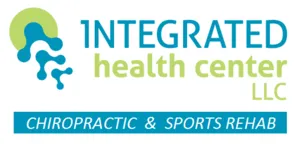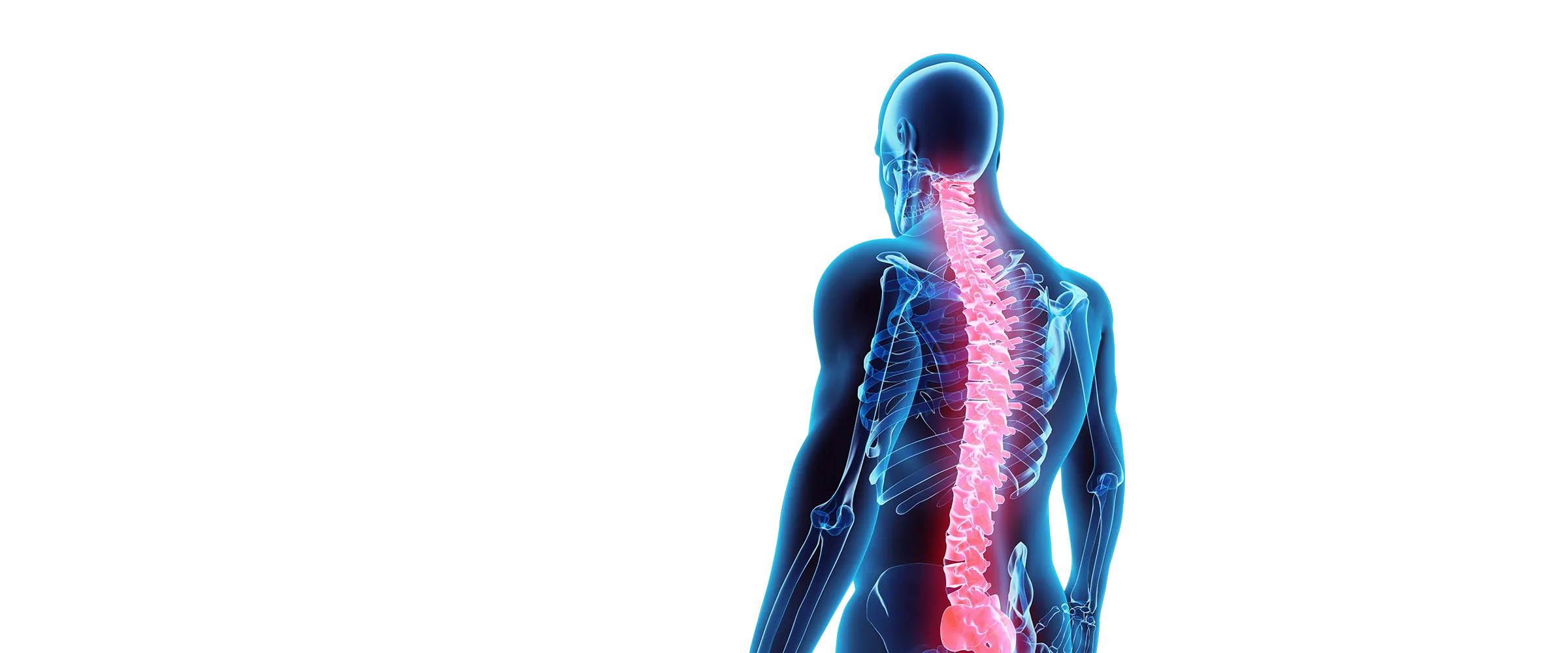You've finally decided to paint your kids' bedrooms. Not only that, but you're going to do it yourself. Congratulations. Or your rooftop gutters have become so filled with leaves that the only place for overflow rainwater to go is down the sides of your house and seep into the foundation, and you've decided to install a gutter protection system. And you're going to do that yourself.
These may be great choices. DIY projects are self-affirming and self-empowering, and often provide real opportunities for personal growth and development. There may be substantial cost savings, or you just want to reconnect with your high school self who loved shop class. Regardless of the numerous possible motivations, the most important consideration in any home improvement project is safety.
Aside from basic rules such as using protective goggles and always having a buddy supporting and stabilizing the ladder you're up on, safety around the home often depends on your own level of physical fitness. For example, if you're relatively out-of-shape, it's easy to strain a neck, shoulder, or lower back muscle when you're trying to apply paint evenly to a corner of the ceiling. Similarly, if you haven't done any vigorous exercise on a consistent basis in a while, do-it-yourself activities such as changing your car battery or even mowing your lawn can cause a lower back injury or even a twisted ankle or knee.
Doing regular vigorous exercise provides many benefits In addition to preparing you for real physical work. Also, supporting your exercise and physical work is a specialized system of nerve endings known as proprioceptors.1 These nerve cells play a significant role in whether physical activity is done easily and well or, instead, results in an injury. Stated succinctly, proprioceptors tell your brain about your body's position in three-dimensional space. For example, if you're bending over to pick up two one-gallon cans of paint, your brain needs to know that you're ankles are bent at 20 degrees, your knees are bent at 80 degrees, and your hips are bent at 70 degrees. If this information isn't transmitted accurately or isn't received fairly instantaneously, you may suffer a lower back injury even though the paint cans themselves only weigh 8 pounds each.
Proprioception becomes a critical system any time you go up on a ladder.2 Maintaining your balance depends on a moment-by-moment, two-directional stream of information between your brain and your bones, joints, muscles, and ligaments. Your nerve system and your musculoskeletal system do all the calculations required to enable you to work safely from the top step of your ladder. But if your proprioception system hasn't been optimally trained in a while and is, in a sense, out of shape, your balance and overall safety are at risk. Bad things can happen.
From all points of view, including that of safety in the home, it's important to maintain your proprioception system in peak condition. You can easily do this by engaging in regular strength-building activities such as strength training and yoga and regular aerobic activities such as running, walking, swimming, and biking.3 Proprioceptor training is built-in to all forms of vigorous exercise. Safely and successfully completing your home improvement projects is one of the many benefits.
1Judkins TN, Scheidt RA: Visuo-proprioceptive interactions during adaptation of the human reach. J Neurophysiol 2013 Nov 20 [Epub ahead of print]
2Suetterlin KJ, Sayer AA: Proprioception: where are we now? A commentary on clinical assessment, changes across the life course, functional implications and future interventions. Age Aging 2013 Nov 14 [Epub ahead of print]
3Maitre J, et al: Chronic physical activity preserves efficiency of proprioception in postural control in older women. J Rehabil Res Dev 50(6):811-820, 2013


